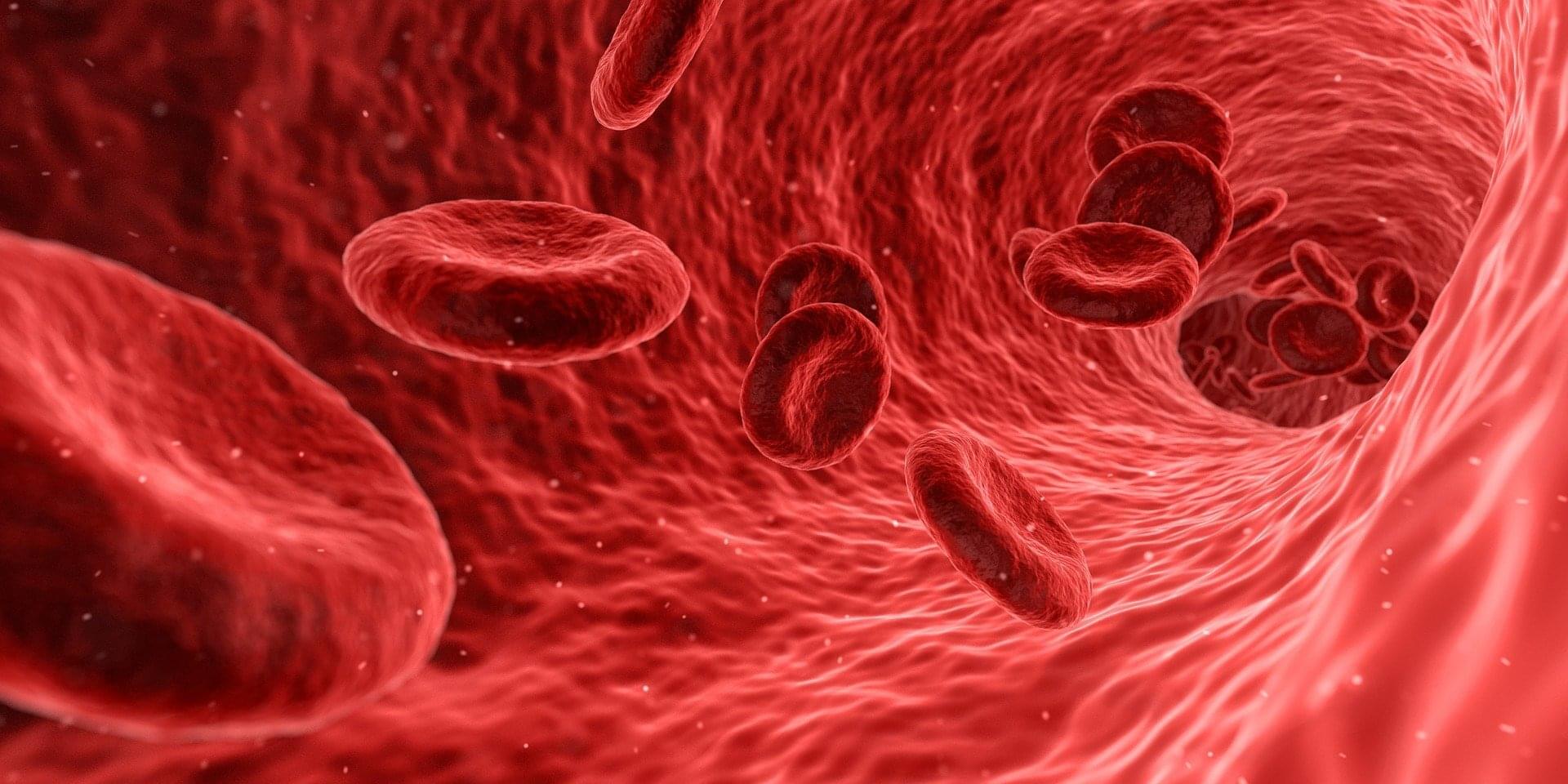A new breakthrough shows how robots can now integrate both sight and touch to handle objects with greater accuracy, similar to humans.




UK photonics researchers have developed a new kind of hollow-core optical fibre that can transmit light signals about 45% further than current telecom fibres before needing a boost.
The scientists from Microsoft Azure Fiber and the University of Southampton have called this a “breakthrough result” which paves the way for a potential revolution in optical communications.
With further advancements, the new fibre could enable more energy-efficient optical networks with unprecedented data transmission capacities.




A Chinese professor has unveiled a bold plasma jet engine that converts electricity directly into thrust — no fuel, no combustion. Known as the “Tang Jet,” this prototype mimics lightning by superheating air into plasma to generate clean, powerful propulsion. While it’s not ready to lift a jetliner yet, this breakthrough could one day redefine zero-emission flight.

Scientists from Trinity College Dublin have discovered that electrically stimulating macrophages—one of the immune systems key players—can reprogram them in such a way as to reduce inflammation and encourage faster, more effective healing in disease and injury.
This breakthrough uncovers a potentially powerful new therapeutic option, with further work ongoing to delineate the specifics.
Macrophages are a type of white blood cell with several high-profile roles in our immune system. They patrol around the body, surveying for bugs and viruses, as well as disposing of dead and damaged cells, and stimulating other immune cells —kicking them into gear when and where they are needed.


Without the work of Michael Faraday, we wouldn’t have Teslas or nearly any modern mechanical thing for that matter. Faraday’s work and invention in the realm of electricity changed the world forever.
Faraday is the inventor of electrolysis, balloons, electric motors, generators, dynamos, and more. If you weren’t aware of Faraday’s work, you might at least recognize him from the cage that keeps his namesake, the Faraday cage.